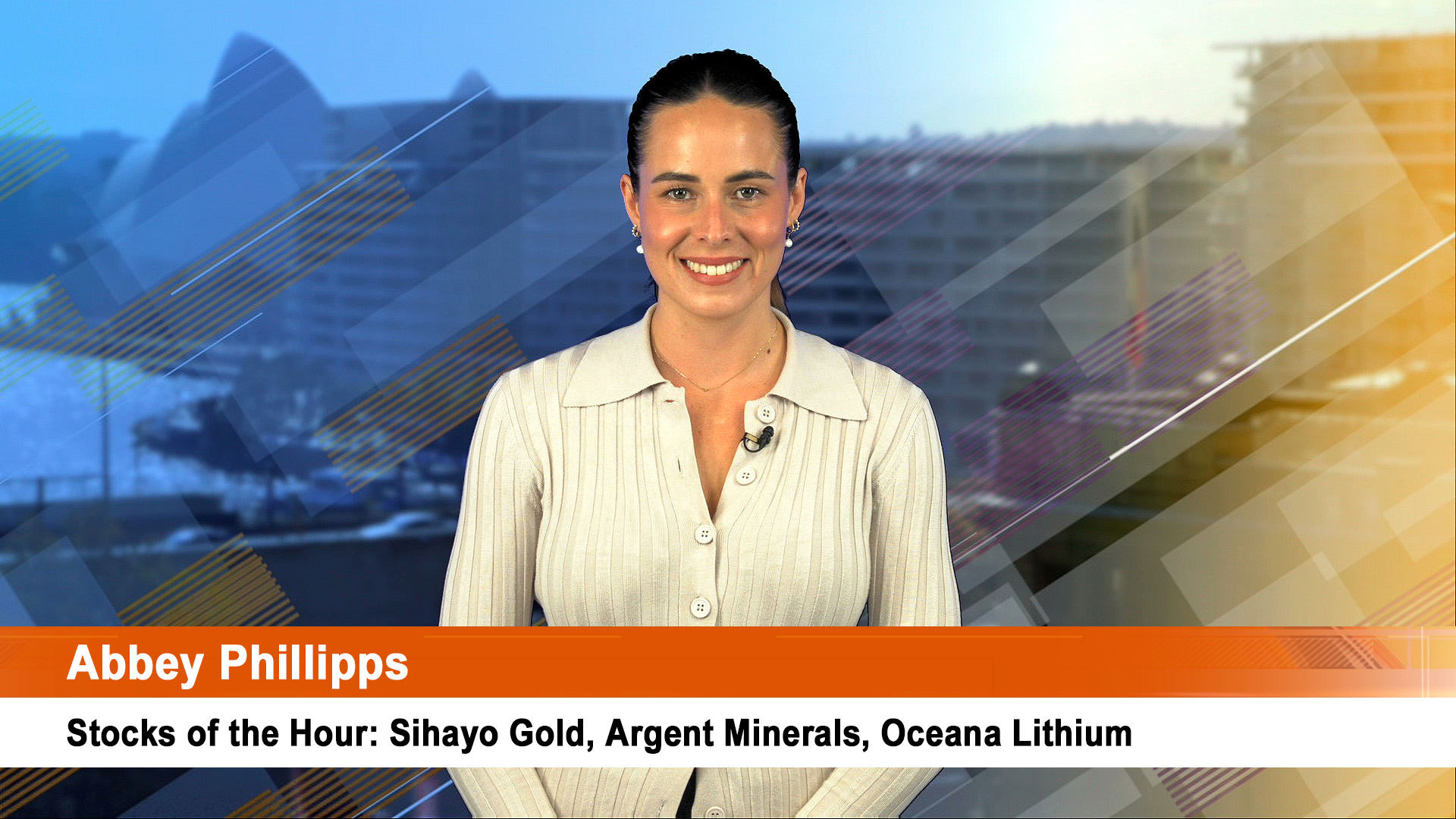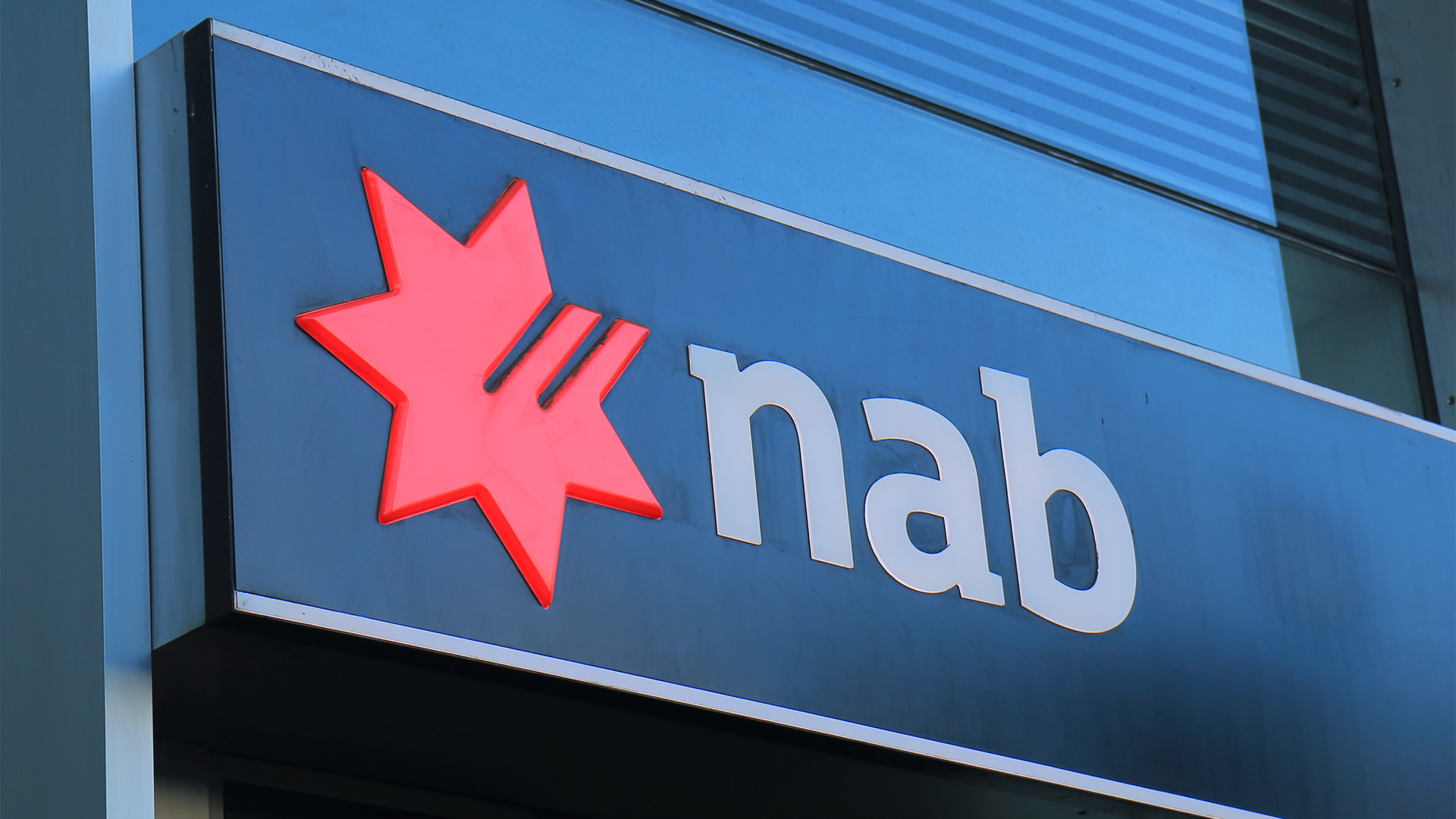The question is now whether this surge in fear and loathing will stop the Fed from lifting rates because of the sudden erosion of confidence in financial markets and fears about instability in junk bonds and emerging economy debt.
There is a slight, but growing chance a rate rise might be postponed as a result of the problems at the two funds and the continuing slide in oil and gas prices.
Those fears have roiled credit markets to the point where those two funds shut their doors or suspended redemptions on Thursday and Friday.
To some analysts, it reminded them of moves in mid-2007 and mid-2008 by a number of hedge funds and other investment funds to halt redemptions or shut because they could not sell their assets to raise enough money to repay investors without incurring massive losses, which would have made the funds insolvent.
Analysts say the situation is nowhere near as fraught as it was back in those years, but there was a notable jump in volatility and measures of market fears on Friday. There was a sharp sell-off in high yield or junk bonds on Friday, driving an index which tracks the sector, to a seven year low.
Many of these energy companies – large, medium and small – have seen their credit ratings cut in recent months by agencies such as Standard & Poor’s and Moody’s, meaning the prices of their bonds have been falling, delivering losses to their holders. Many of the bonds are illiquid and can’t be sold by their holders without creating big losses.
But analysts point out there have been growing fears that various rule changes by US and global regulators have reduced liquidity in some sections of the markets which could impact confidence if there’s a wider sell-off.
At the same time there was a noticeable flight to quality in bond markets with yields on US and other government securities falling as investors moved into safe havens ahead of Thursday morning’s Fed decision.
Ten year bonds issued by the US, Spain, Germany, the UK and France all saw lower yields on Friday on these fears about the stability of some parts of the bond market (especially those securities issued by oil and gas companies).
The most dramatic move saw the yield on the US 10-year benchmark Treasury bond lose 13.5 basis points over last week and 10 basis points on Friday to close at 2.139%, its lowest level since October 28, according to US data.
Friday’s fall was the largest since July, so investors were worried and needing a safe haven.
Well-known US investor Carl Icahn issued a warning Friday about high yield bonds, describing that market as a “keg of dynamite” and claiming that the “meltdown in the high yield market is only just beginning”.
Others caution that it wasn’t and just a temporary bout of market volatility ahead of the Fed meeting.
But a well-known big fund manager, Jeffrey Gundlach warned Friday that an interest-rate increase by the Federal Reserve could lead to more market turmoil after this week’s massive sell-off in high-yield debt.
Gundlach told Reuters the sell-off in high-yield debt was like the 2007 financial meltdown, adding that if the Federal Reserve had met last Friday, it would not have raised interest rates.
“People are too long credit and the credit is melting down and the stock market is whistling through the graveyard. It is so similar to 2007, it’s scary,” Gundlach told Reuters. He manages $US80 billion at the Los Angeles-based DoubleLine Capital.













